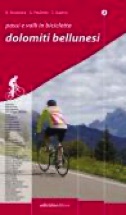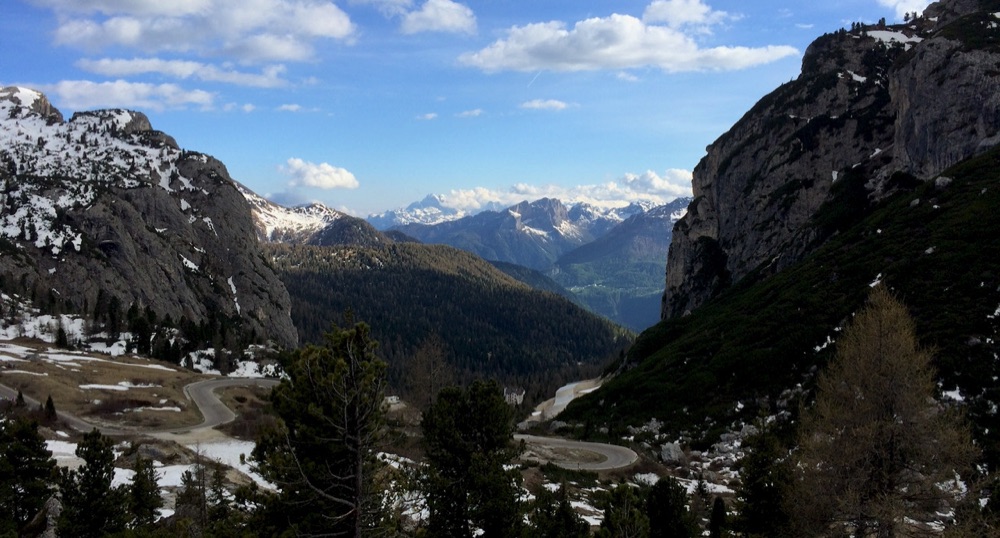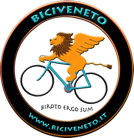MAP http://www.dolomitibellunesi.com/mappa/
A road map of the Province of Belluno is your best choice. You can find one in book stores, magazine/stationery stores,
and souvenir shops. The guidebook shown at left, Passi e Valli in Bicicletta--Dolomiti Bellunesi, by Anastasia, Pauletto,
and Supino, gives details of 45 passes and climbs (not all climbs lead to passes; e.g., the Tre Cime and Pian de Pezzè):
length, average and maximum gradient, difficulty rating, suggestions for loops, and more. (available in Italian only).
Ediciclo Editore s.r.l., ISBN 978-88-85327-69-6
https://www.coldilana.it/en/
https://www.bed-and-breakfast.it/en/veneto/bb-monte-rite-vodo-di-cadore/27449
https://hotelgigliorosso.it/en/

RIDING AND STAYING IN THE DOLOMITES
Unlike other parts of the Alps, the Dolomites are not a solid range of impenetrable mountains, but instead, are composed of groups of peaks (fossilized reefs and atolls!) separated from one another by valleys (you can see this for yourself here). To get from one valley to another, you cross a pass. The roads are excellent and there are abundant signs indicating the way to passes and towns, so it is extremely easy to find your way around, and consequently, to plan your own tour or stay. By staying in or near a town like Agordo, Alleghe, Caprile, Colle Santa Lucia and the Val Fiorentina, the Val di Zoldo, Pieve di Livinallongo, or Arabba, all of which are in the heart of the Dolomites, you can ride loops that will take you over most of the legendary passes. There's a wide choice of accomodations which will satisfy any taste and budget: small hotels, agritours, B&B's, apartments, and "widespread hospitality" offerings, such as those in the Agordino. If you are looking for an authentic, genuine, intimate, and rewarding experience, as well as supporting local residents and economies, opt for smaller villages, hamlets, and family-run establishments, and avoid staying in chic towns and luxury hotels with a jet-set clientele (indeed, luxury and cycling shouldn't even be used in the same sentence!). The "real" Dolomites are not about golf courses, tennis courts, dance clubs, wellness centers, shopping for designer sportswear, and other diversions that can be found in any lowland city or seaside resort. Nor are they an amusement park or merely a succession of Strava segments. They are a geological treasure, a delicate ecosystem, and the home of people whose families have lived there for generations, with their history, cultures, traditions, languages, and folkways...and you are their guest.
Ride to a malga (dairy) for lunch. View the remains of a mesolithic hunter and learn about the natural history of the Dolomites. Visit a one of the many WW1 forts and museums, and immerse yourself in the desolate atmosphere and tragic plight of the soldiers stationed there, and honor their memory.
















